Cannabis loophole opens doors for tribal hemp products
Little Pines is a dispensary on Lac du Flambeau tribal lands that represents a legal loophole in federal law allowing manufacturers to sell products infused with hemp-derived THC, with European buyers increasingly looking to offer Indigenous brands.
ICT News
August 13, 2025 • Northern Region
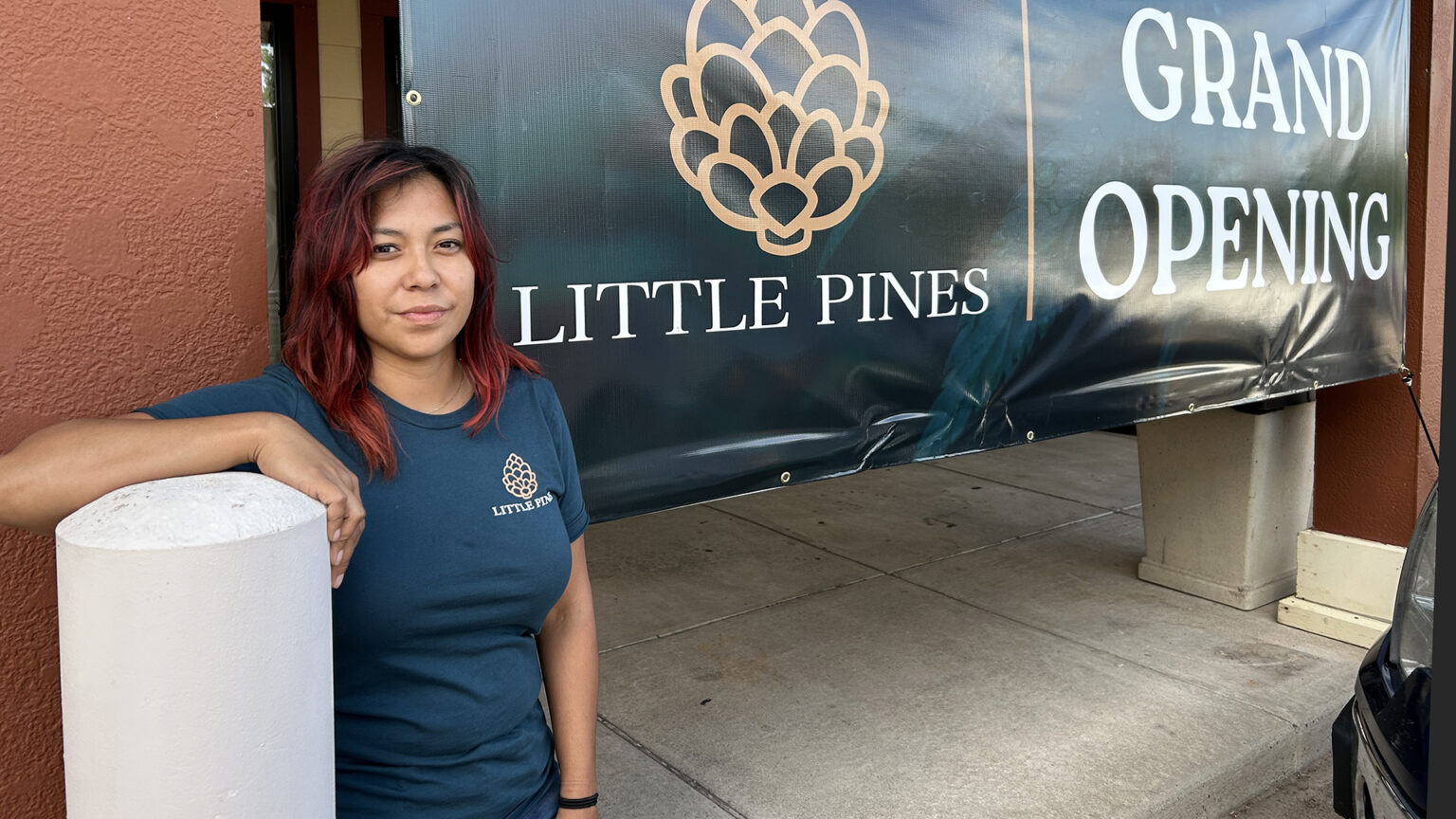
Candace Thompson, a citizen of the Lac du Flambeau Band of Lake Superior Indians, is director of retail and cultivation at Little Pines dispensary, which sells hemp products in Wisconsin under a federal loophole. The store opened in July 2025. (Credit: Mary Annette Pember / ICT)
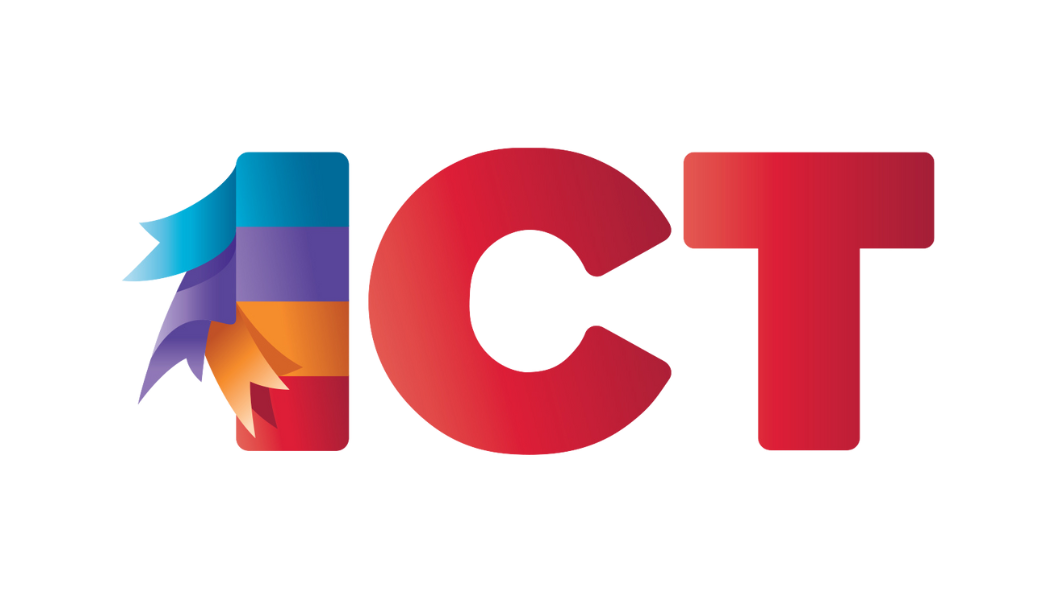
This article was originally published by ICT News, formerly Indian Country Today.
The operators of the Little Pines cannabis dispensary say its location next to Munchies to Go was just a happy accident.
The Lac du Flambeau Band of Lake Superior Indians’ business development corporation opened Little Pines in early July, in a modest store front nestled next to Munchies in a small strip mall on tribal lands in northern Wisconsin. Munchies sells sandwiches, hot dogs and other snacks.
Given THC’s reputation for stimulating the appetite, Munchies would seem to be uniquely well situated. THC or tetrahydrocannabinol is also the chemical compound responsible for psychoactive effects in the cannabis sativa plant.
The fact that Little Pines opened at all in Wisconsin, however, where both medical and recreational marijuana are illegal, is not just a coincidence. Little Pines is unique and represents an unusual legal loophole in federal law regarding hemp and marijuana, allowing manufacturers to sell products infused with THC as long as it’s derived from hemp.
Both hemp and marijuana are examples of the plant genus Cannabis. Legally, hemp and marijuana differ primarily in their THC content. The 2018 Farm Bill, however, which was approved during the first Trump administration, authorized production of hemp and removed the plant from the Drug Enforcement Administration’s schedule of controlled substances.
That opened the door to hemp products even if they have been infused with THC. And the new Indigenous brands are sparking interest as far away as Europe.
“If a state or tribal nation submits a plan to the [U.S. Department of Agriculture] to grow or sell hemp then they are allowed to regulate themselves,” said Candace Thompson, a citizen of the Lac du Flambeau Band of Lake Superior Indians and director of retail and cultivation at Little Pines.
“The state of Wisconsin hasn’t done that but the tribe has; we have tribal licensing and regulatory authority,” she said.
A cash crop
Hemp and marijuana stores and dispensaries are nothing new on tribal lands or in mainstream America – there are nearly 15,000 cannabis dispensaries in the U.S., although the number of outlets selling CBD (non-intoxicating) products is difficult to determine. Grandview Research estimated the 2023 CBD market at $6.7 billion.
According to information published by the Indigenous Cannabis Industry Association, 52 Native communities operate federally approved hemp cultivation programs and approximately 26% of the 574 federally recognized U.S. tribes are involved with hemp or cannabis programs. The ICIA is a nonprofit organization that serves as a resource for the Indigenous cannabis market.
Under the 2018 Farm Bill, hemp contains less than 0.3% concentration of THC on a dry weight basis, Thompson told ICT. Marijuana, however, contains higher concentrations of THC and is considered a Schedule 1 drug under federal law.
Hemp was a viable cash crop in the U.S. for years until the Harrison Act of 1914 and the Marijuana Tax of 1937 prohibited growing cannabis in any form.
But today, under the 2018 Farm Bill, the USDA is authorized to approve plans submitted by tribes and states for the domestic production of industrial hemp, which can be used to create fiber, fabric and a building material called hempcrete as well as food products containing cannabinoids such as CBD and THC.
Cannabinoids are a class of chemical compounds that affect the body’s endocannabinoid system, a complex transmitter network that controls many of our most critical bodily functions such as learning, memory, emotional processing, sleep, temperature control, pain, inflammation and others, according to Harvard Medical School. The cannabis plant contains over 100 cannabinoids including the psychoactive THC component and CBD, the non-intoxicating element valued for its purported therapeutic effects for pain and anxiety relief and its anti-inflammatory properties.
Once the hemp is harvested, Thompson said, manufacturers can enhance the percentage of THC.
“That’s the legal loophole,” she said.
According to Rob Pero, president and founder of ICIA, Little Pines is the first free-standing tribal business of its kind in Wisconsin. Pero is a citizen of the Bad River Band of Lake Superior Chippewa tribe and the Oneida Nation of Wisconsin.
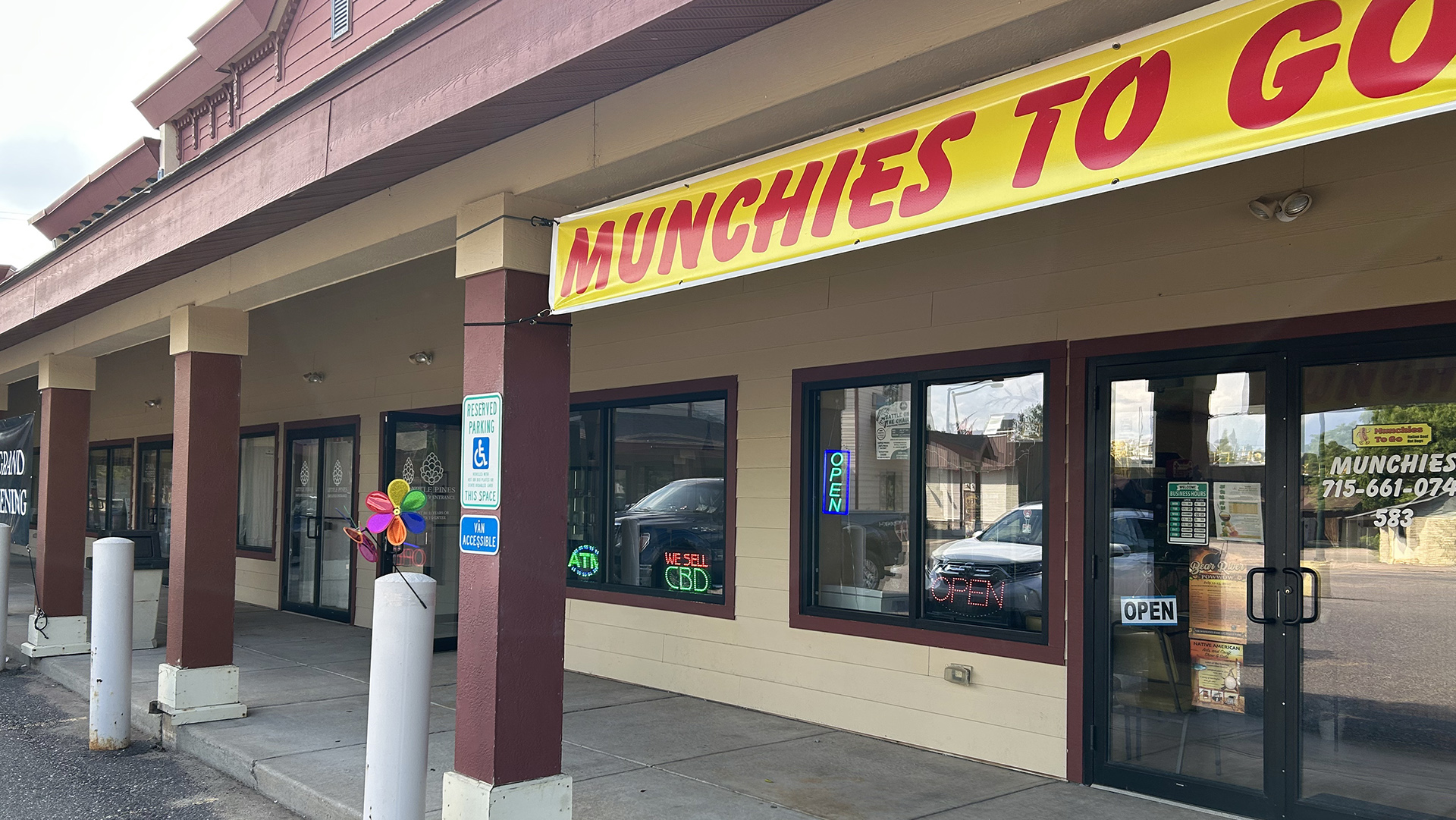
A new dispensary selling hemp products boosted with THC has opened in Lac du Flambeau in northern Wisconsin, and is located next door to another business named Munchies to Go. (Credit: Mary Annette Pember / ICT)
Unanswered questions
Today, the sale of hemp-derived THC products are virtually unregulated in Wisconsin. The Cap Times reports that state lawmakers are grappling with regulating these substances, but currently there is no age limit for purchase. In 2024, Wisconsin public health and substance abuse experts published a report calling for a 21 years and older age requirement. Meanwhile, the market for THC beverages and other products are booming in the state.
According to Thompson, tribal regulations forbid the sale of Little Pines products to persons under 21.
The tribe began work on the cannabis project about two years earlier and considered decriminalizing marijuana on the reservation. Since Wisconsin is governed by Public Law 280, however, tribal leaders decided to wait for the state to determine the legality of marijuana, Thompson said. Public Law 280 is a federal law that authorizes state criminal jurisdiction on reservation lands.
The tribe is putting together a cannabis commission to help guide regulations going forward and is planning on cultivating its own hemp for THC extraction as well as creating their own products, according to Thompson.
But what about the risk of arrest for possessing THC products purchased at Little Pines?
“Well, we’ve asked that, too, because drug dogs can’t tell the difference between CBD and THC. It smells the same,” Thompson said. If police stop customers, however, they have the receipt from Little Pines showing it’s not illegal.
“Then we go from there,” she said.
Police so far appear to be turning a blind eye to purchase of hemp-derived THC products in Wisconsin, Thompson noted.
But tribes selling THC-derived marijuana products in other Public Law 280 states that criminalize possession may face a more uncertain legal landscape. For instance, the Omaha Tribe of Nebraska announced on July 15 that it has established the first fully legal and regulated medical and adult use cannabis system in Nebraska.
Although voters in the state approved legalizing the sale of medical marijuana in the last presidential election, Nebraska has been slow in creating permanent regulations governing its sale. Since recreational marijuana sale and use is still illegal in the state, law enforcement could potentially arrest customers leaving the reservation.
“If we see attempts by the state at seizing products or cracking down on customers, that will be met with rounds of lawsuits and litigation,” Omaha Tribe of Nebraska Attorney General John Cartier told ICT.
The Omaha Tribe plans to create a mechanism to issue its own medical marijuana-use cards for clients.
Tribal leaders hope to begin sales of marijuana on the reservation during the first quarter of 2026, according to Cartier.
“We are going to stand strong with our own tribal sovereignty on this issue,” Cartier said.
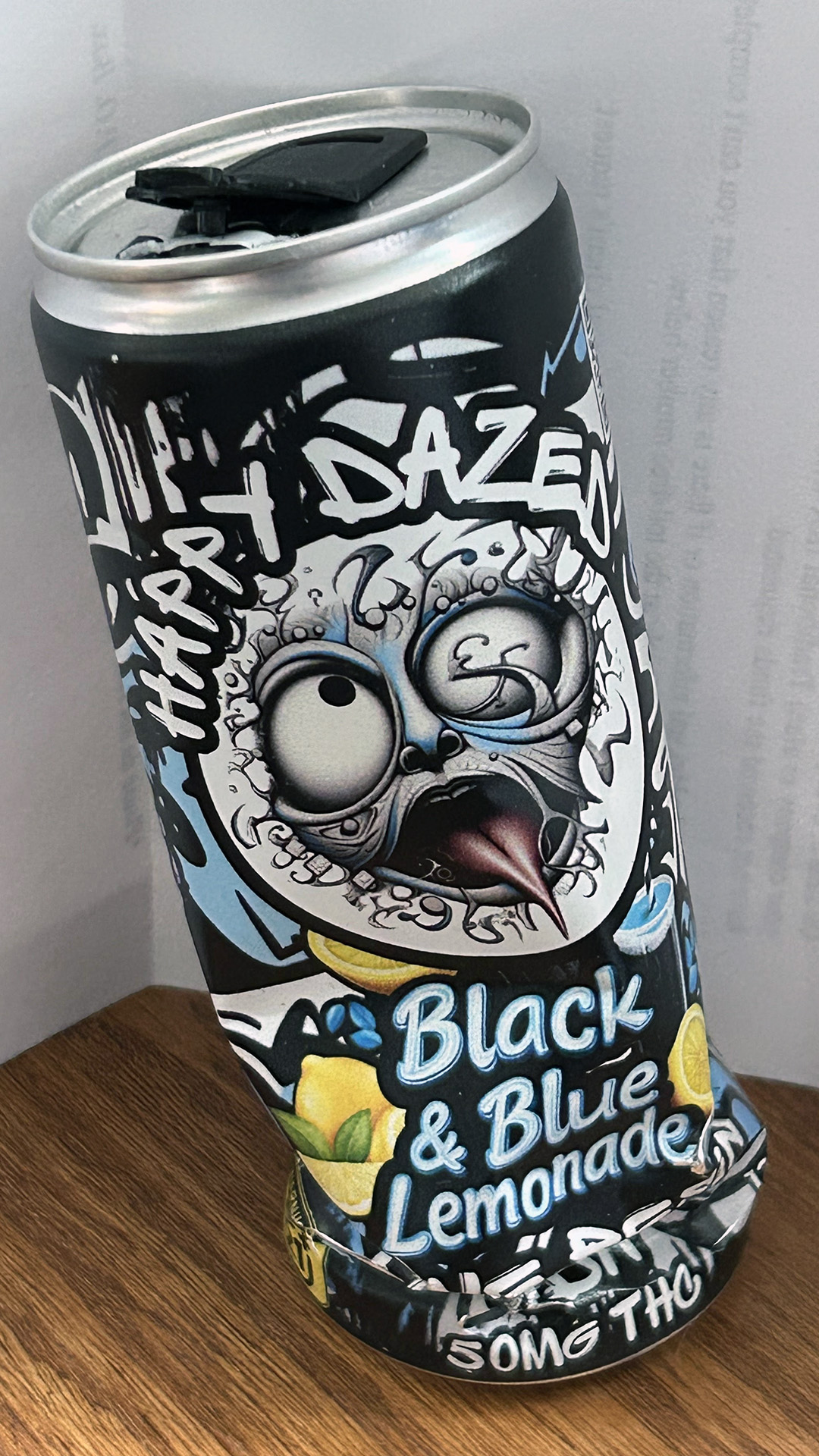
The sale of Happy Dazed Black and Blue Lemonade with 50 mg of THC is allowed under a federal law that decriminalized hemp products. (Credit: Mary Annette Pember / ICT)
Regulations and controls
During a recent visit to the Little Pines store, ICT noticed a drink on the store’s shelves called “Happy Dazed.” The 10-ounce can of Black and Blue Lemonade featured a wild-eyed cartoon face and appeared to contain one serving of a beverage.
Somewhat smaller letters near the very bottom of the can, however, indicated that it contained 50mgs of THC. And according to the ingredient label on the back, the single can held 10 servings.
Edibles sold in states where marijuana is legal, either medically or recreationally, usually contain between 5-10 mgs of THC per serving. After purchasing and drinking about two ounces of Happy Dazed, ICT enjoyed a long, deep sleep.
Indeed, information about dosing and labeling is an issue for the market as a whole, according to Mary Jane Oatman, chief executive officer of ICIA told ICT.
“That’s one of the conversations we often have with our health advisory round tables,” said Oatman, who is an enrolled member of the Nez Perce Tribe and descendant of the Delaware Tribe.
In the state of Washington, for instance, retailers include a single dosing cup shrink wrapped around high THC-content beverages, she noted.
Idaho has gone further in regulating hemp products. In 2021, the state Legislature enacted the Industrial Hemp Research and Development Act, which prohibits the cultivation and sale of hemp products containing any THC, according to Oatman.
Future of cannabis for tribes
Although there are a number of regulatory, licensing and financial hurdles for tribes entering the cannabis business, the future looks lucrative.
The Lac du Flambeau tribe anticipates a profit of around $3 million by year seven of operating its cannabis business, according to Thompson.
And Oatman noted that several European countries, including Germany, are expressing interest in selling Indigenous cannabis brands.
“They want Indigenous brands on their shelves,” said Oatman. “The draw for European clients is that nobody knows plant medicine healing more authentically than Indigenous communities who are raising the bar in quality.”
She predicts that Indigenous brands will reach Europe later in 2025 or in 2026.
 Passport
Passport
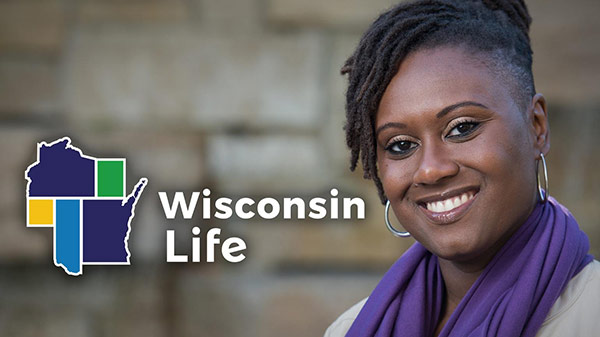

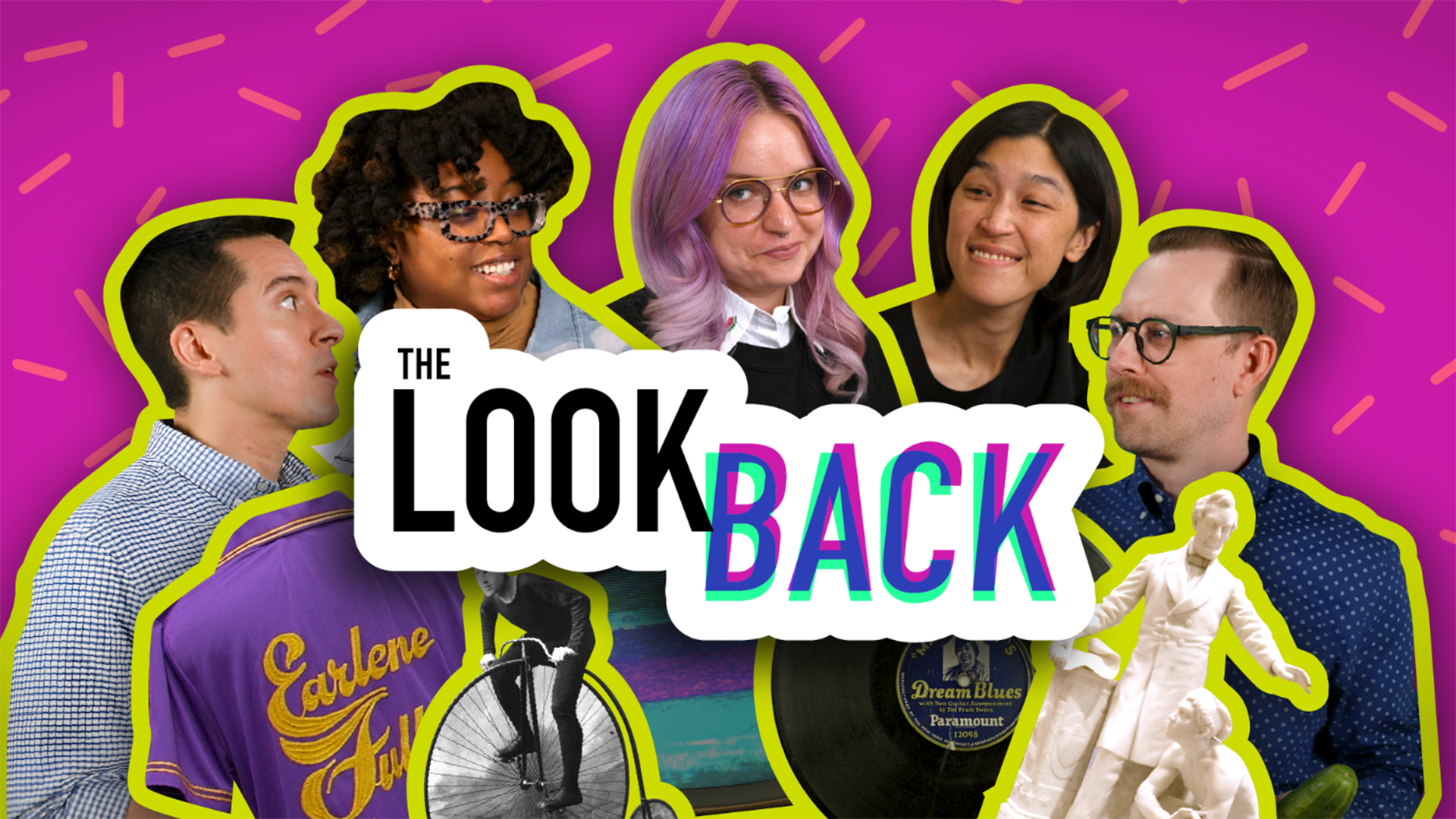


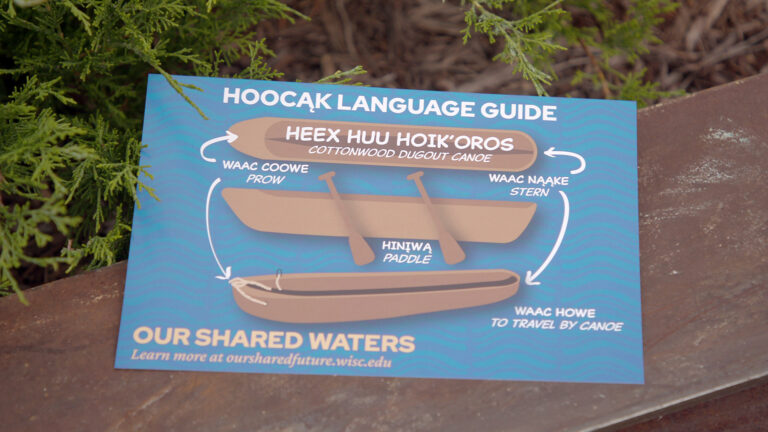


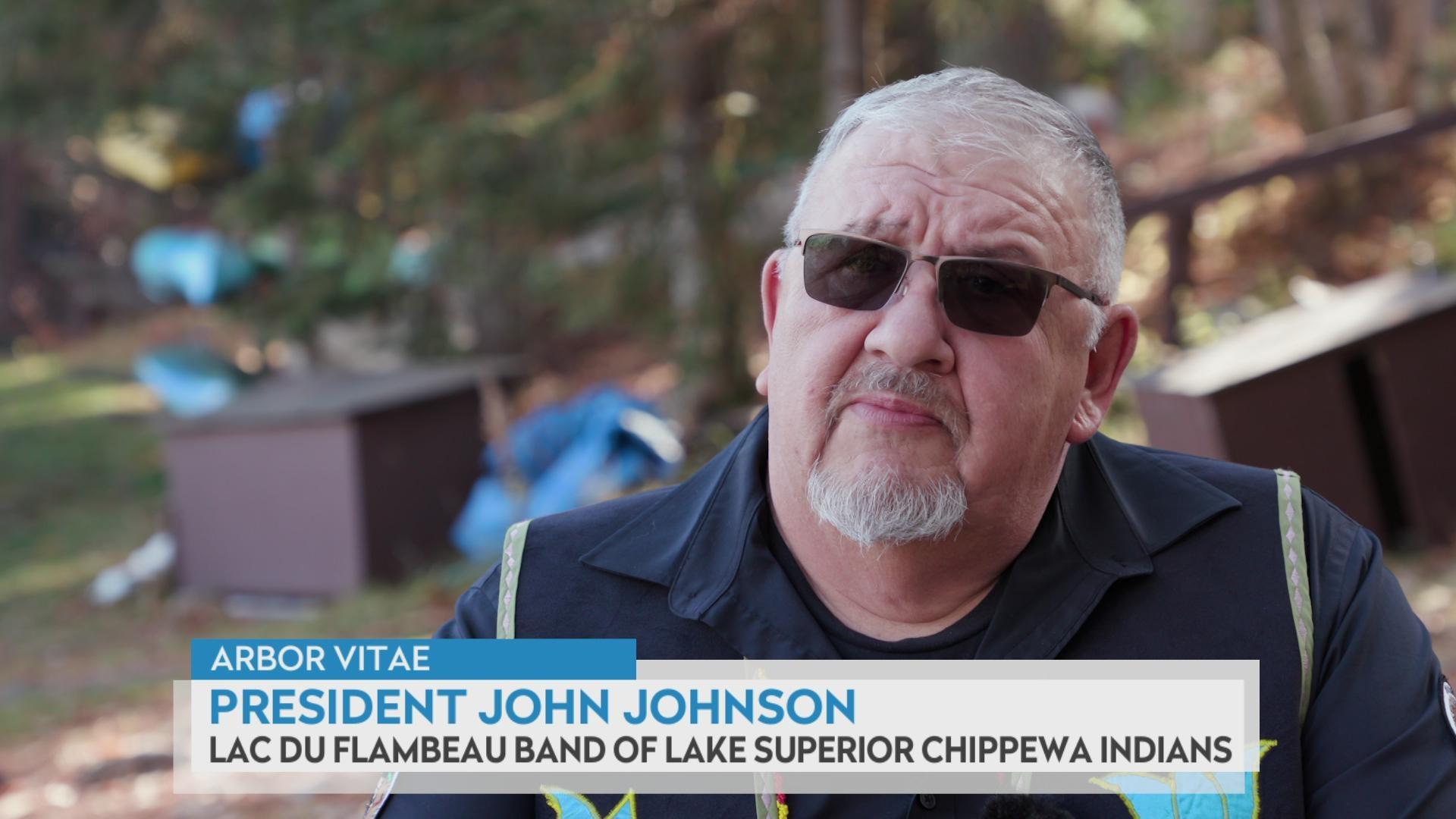
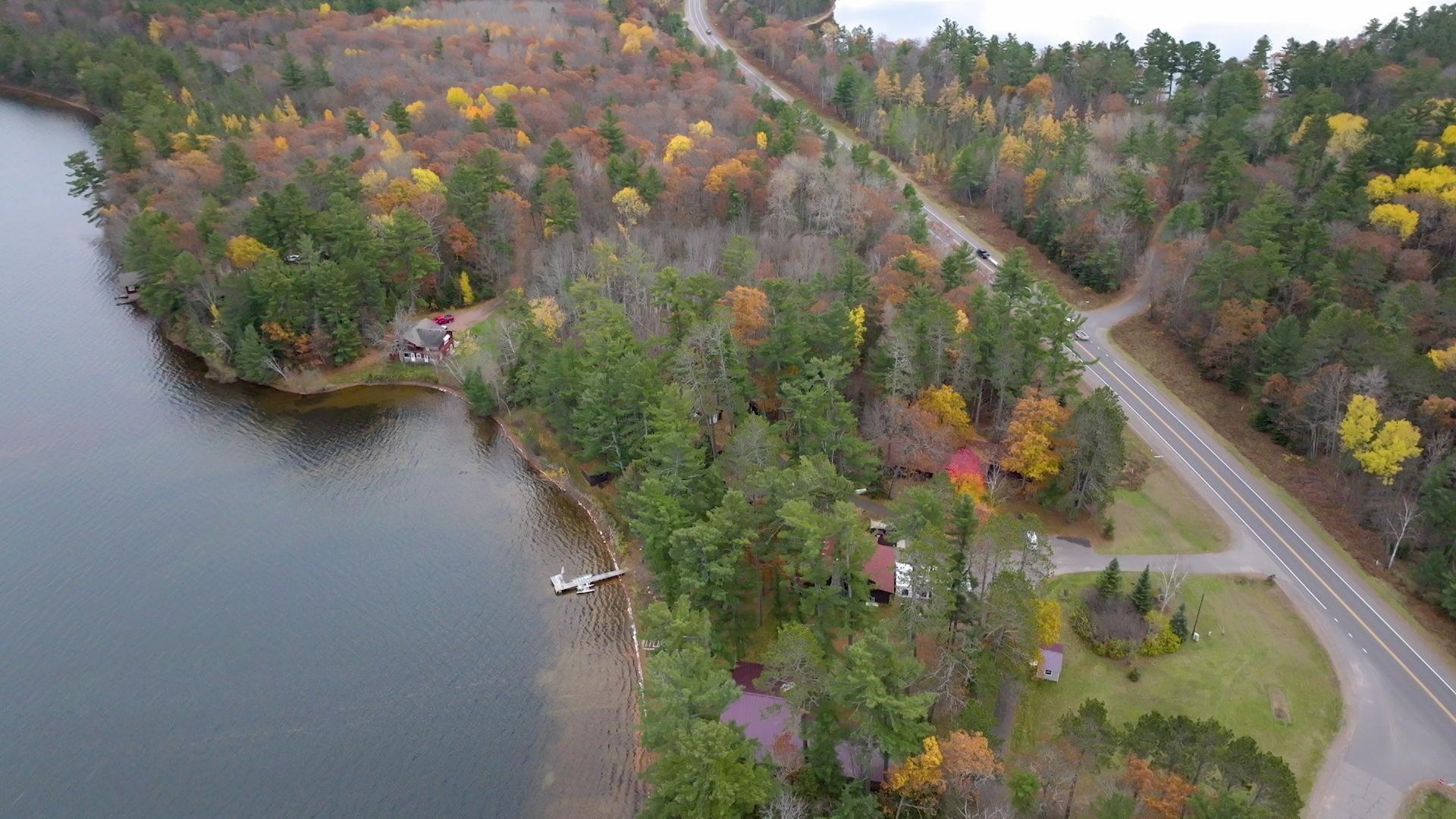

Follow Us